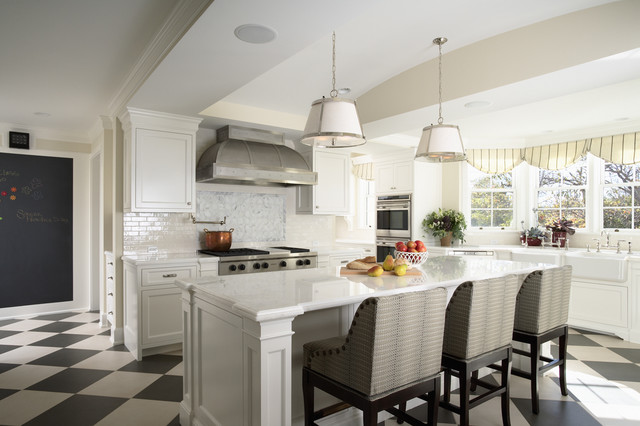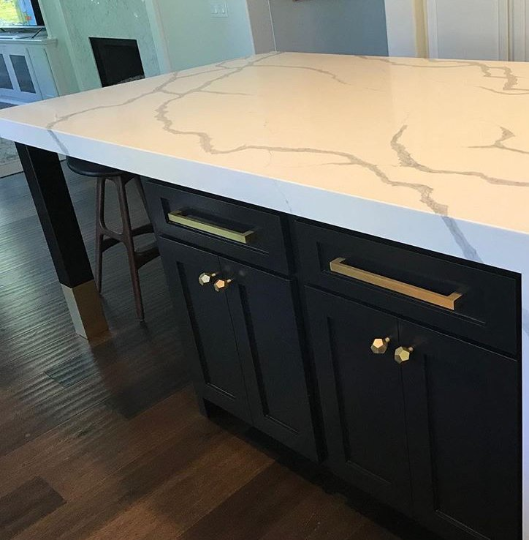Secret Factors To Consider for Locating the most effective Legs For Cooking Area Island for Your Style
When picking the perfect legs for your kitchen area island, numerous key considerations enter into play that can dramatically affect both functionality and looks. The option of design, elevation, and material have to straighten with your general kitchen style to make sure a harmonious look. Additionally, stability and maintenance needs are important for long-term use and convenience of treatment. Recognizing these aspects can boost your cooking area's usefulness and aesthetic charm, however the subtleties of each factor to consider can frequently be overlooked. What implications might these selections have on your kitchen area's overall atmosphere?
Determine Your Style Preference
Establishing your style preference is vital when selecting the ideal legs for your kitchen area island. The legs of your kitchen area island not just serve a functional objective yet additionally contribute significantly to the general visual of the room. Recognizing your layout style-- be it modern-day, rustic, typical, or commercial-- is necessary.
For a modern kitchen, take into consideration smooth, minimalistic legs that complement open rooms and tidy lines. Conventional cooking areas usually favor transformed or elaborate legs, which can include a touch of beauty and sophistication.
In addition, consider the height and proportion of the legs in connection to the island's surface. Inevitably, your design choice will influence not only the choice of legs however additionally the total consistency of your kitchen's design.
Select the Right Material
Selecting the ideal product for your cooking area island legs is crucial in ensuring both sturdiness and aesthetic charm. Different materials use unique benefits, and the option typically mirrors your layout choices and practical demands.
Wood is a prominent option, providing heat and flexibility. It can be tarnished or repainted to match your kitchen area design, making it versatile to different designs, from rustic to contemporary. Wood might require normal upkeep to preserve its look and honesty.

If you seek a distinct touch, think about acrylic or glass products. They can produce an illusion of area and agility in your kitchen, making them an outstanding selection for smaller areas - Legs For Kitchen Island. However, these alternatives may call for careful handling and upkeep to avoid scratches.
Eventually, the material you pick ought to align with your cooking area's overall layout, making certain that the legs offer both functional and ornamental objectives.
Consider Height and Proportions
When designing a cooking area island, elevation and percentages play a crucial function in making certain capability and convenience,. The basic height for a kitchen area island usually ranges from 36 to 42 inches, lining up with standard counter elevations or bar elevations, specifically. This measurement is important for integrating with surrounding feceses and kitchen counters, enabling convenience of usage during meal prep work and social interactions.
Furthermore, the island's percentages must complement the general cooking area format. Think about the ratio between the island's size and size, guaranteeing it supplies appropriate surface area without crowding the kitchen area.
Furthermore, the height of the legs or base can influence the aesthetic appeal and functionality. Taller legs might offer a much more contemporary, ventilated feel, while much shorter ones can stimulate a standard, based look. Eventually, carefully taking into consideration elevation and proportions will certainly cause a kitchen area island that is both functionally reliable and aesthetically enticing, boosting the total style of the room.
Assess Stability and Resilience
A kitchen island's legs should not only complement its elevation and proportions however additionally provide appropriate stability and toughness to sustain daily tasks. The legs are vital to the general functionality of the island, as they bear the weight of the countertop and any kind of additional lots, such as home appliances or cooking tasks.
When assessing security, it is important to consider the leg style and material. For example, strong metal or strong hardwood legs commonly provide official site exceptional toughness contrasted to lighter materials like engineered timber or plastic. Additionally, a bigger base can boost stability, lowering the threat of tottering or tipping during usage.
Resilience is just as crucial; the legs should withstand deterioration from everyday use. Consider coatings that shield versus scratches, damages, and moisture, particularly in a kitchen setting. Review the top quality of building and construction, such as fastenings and joints, which can significantly influence the legs' lasting performance.
Eventually, purchasing well-crafted legs that focus on security and longevity will guarantee your kitchen island stays website here a trusted work space for several years to find, improving your culinary experiences while maintaining visual allure.
Element in Maintenance and Care
Maintenance and care are vital considerations for making certain the durability and performance of kitchen island legs. When choosing legs, it is crucial to assess the products utilized, as different choices need differing levels of maintenance. As an example, wooden legs might call for periodic refinishing or securing to avoid wetness damages and scratches, while metal legs may require regular polishing to preserve their shine and prevent rust.
In addition, the finish used to the legs can affect upkeep demands. A high-gloss coating may be simpler to clean however could reveal scratches and fingerprints much more conveniently than a matte coating. It is suggested to select materials and finishes that enhance your lifestyle; for instance, if you frequently hold events, decide for sturdy products that can endure damage.
Additionally, consider the cleansing process associated with preserving these legs. Smooth surfaces often call for very little effort, while intricate layouts may accumulate dirt and gunk, demanding more labor-intensive cleansing methods. Legs For Kitchen Island. Eventually, considering the upkeep and treatment needed for your picked cooking area island legs will certainly not only enhance their visual appeal however also ensure their practical integrity in time
Verdict
In conclusion, selecting the ideal legs for a cooking area island necessitates careful consideration of numerous variables, consisting of design style, product option, stability, height, and upkeep. Each aspect plays a over here critical role in making sure that the legs not only boost the aesthetic charm of the kitchen area yet also provide the needed assistance and durability for day-to-day use. A knowledgeable choice will inevitably add to a practical and visually pleasing kitchen area environment.
The legs of your kitchen island not just serve a functional purpose but also contribute significantly to the total aesthetic of the space.Upkeep and treatment are important considerations for making sure the long life and performance of kitchen island legs. Wooden legs may call for periodic refinishing or sealing to stop moisture damage and scrapes, while metal legs may need routine polishing to keep their luster and protect against corrosion.
Inevitably, factoring in the maintenance and care needed for your chosen cooking area island legs will not only boost their visual allure but also ensure their useful honesty over time.
